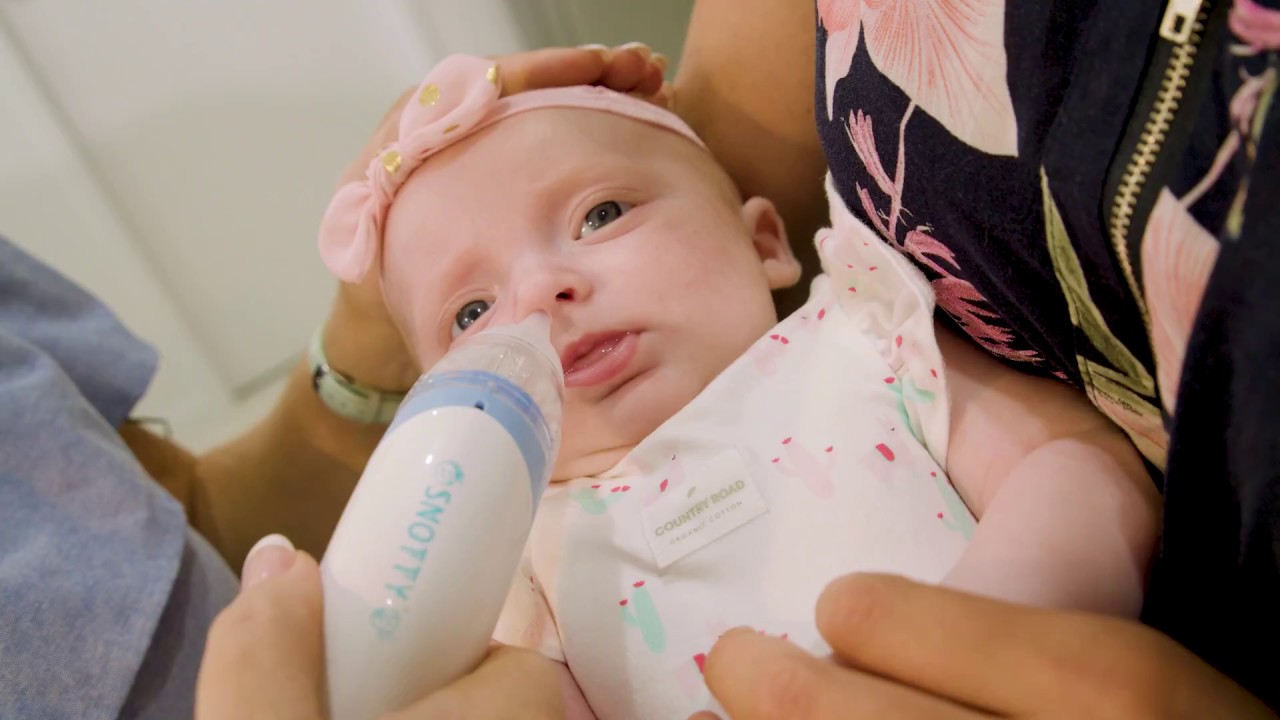You know what to do when you’ve got a runny nose, right? However, young newborns, notable neonates, have yet to perfect the technique of blowing their nostrils. What should you do when you feel your infant has a cold or several boogies that are obstructing their airflow and causing congestion?
The best way of cleaning your baby’s nose
When it concerns cleaning your baby’s nose, there are so many alternatives on the market that it’s normal if you’re feeling a bit overwhelmed. The most popular options are a bulb syringe, saline drops, Snotty Noses nasal aspirator, and sprays. So, let’s go through how to use every one of these famous alternatives and when to use them:
Bulb syringe
This conventional method involves simply squeezing out of the bulb and gently inserting the tip in your child’s nose while maintaining pressure on the bulb. Gently remove the bulb to produce suction, which will assist in the removal of any mucus. Some nasal syringes come with replaceable tips in various sizes, enabling the user to pick one that fits your baby’s nose perfectly. You won’t use saline drops if your baby has a stuffy nose with a lot of mucus. If your child’s mucus is particularly thick, you may need to soften it with one or two saline drops in the nose before using the bulb syringe.

Nose Aspirator
Many parents believe that nasal aspirators are more efficient and simpler than standard bulb syringes. Therefore, they’ve grown trendy in recent years. A Snotty Noses aspirator usually comes with a mouthpiece and tube that connect to a syringe-like tube with a constricted open tip, similar to a syringe. Unlike a bulb syringe, you’ll be producing an aspirator with your mouth rather than your hand using this approach.
These aspirators usually have a disposable filter, so you won’t have to worry about accidentally sucking too hard and getting mucous in your mouth. Press the end of the diagonal tube against the aperture of your baby’s nose while wearing the mouthpiece.
Nose spray
Unlike adults, who use nasal spray exclusively when they have a dry nose, you can use this instrument if you can’t wipe your baby’s nose since the mucous is too dense or the boogies are too tricky to remove. While you may buy baby nasal sprays or drops, you can also manufacture your drops at home by mixing 1 cup warm water with a quarter teaspoon of salt. Nasal drops are softer than nasal sprays and act in the same way. It’s also vital to note that only saline should be used on your infant instead of pharmaceutical nasal sprays. A nasal spray’s purpose is to release any mucous in your baby’s nose. Note that their nose is much smaller than an adult’s, so you don’t need to use a lot of salines for it to work.

